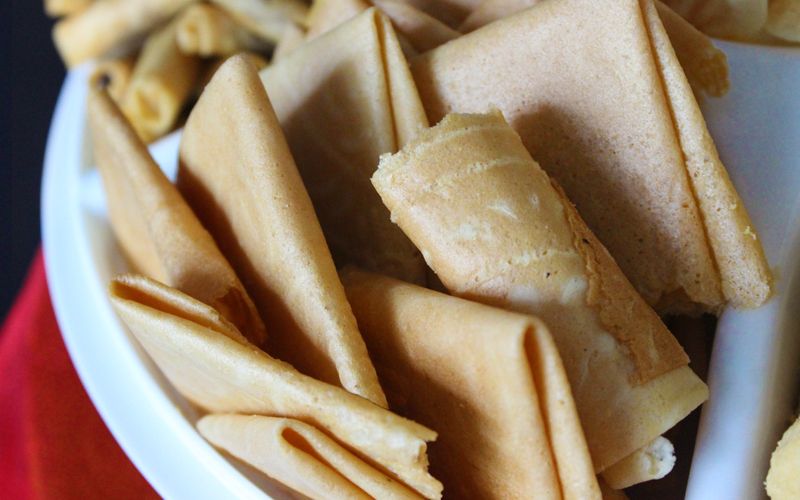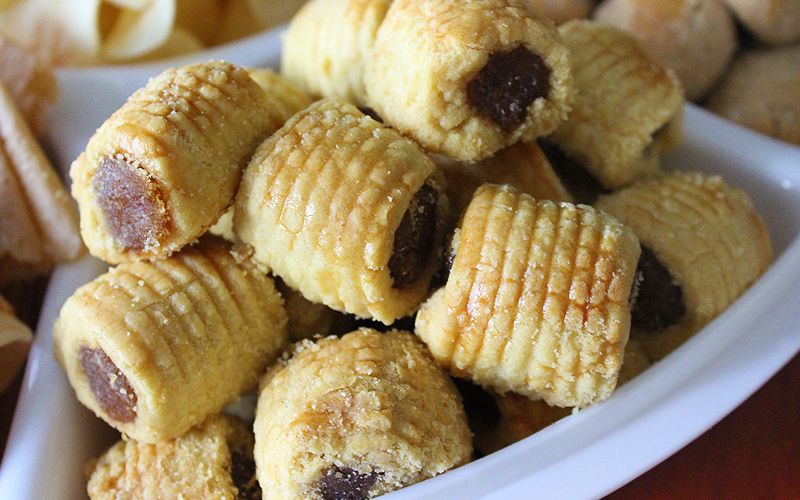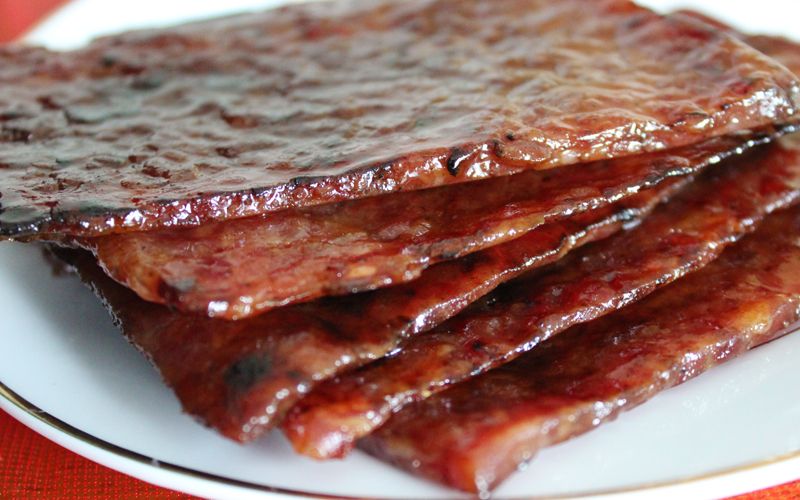How did snacks like pineapple tarts, love letters, peanut cookies and prawn rolls become Chinese New Year staples? Jane Lee, restaurant manager of Chynna, Hilton KL educates us.
Aside from being the best season to spend quality time with family and friends, Chinese New Year is also a time when we get to eat to our heart's content. This is because the hours will be filled with nothing but delicious main meals and an abundance of treats and snacks–after all, food is one of the biggest parts of the celebrations.
When bottles and tins of pineapple tarts, love letters, peanut cookies and prawn rolls become visible around every corner, stacked from floor to ceiling, you know that the Chinese New Year is here. But did you know that certain snacks are picked for their auspicious symbols?
Read more: Yee Sang 101: Why do we toss it and what does it symbolise?
Discover how these snacks became staples.

“All the items became staples because they symbolise something in their own unique way,” says Jane Lee, restaurant manager of Chynna, in Hilton Kuala Lumpur.
“Although some of them have been commercialised, others are only seen during celebrations or the festive season.”
Jane, who makes and bakes many of these traditional snacks herself, was more than happy to fill me in on why my gorging these delicious morsels of delight have a deeper meaning than my insatiable appetite.








